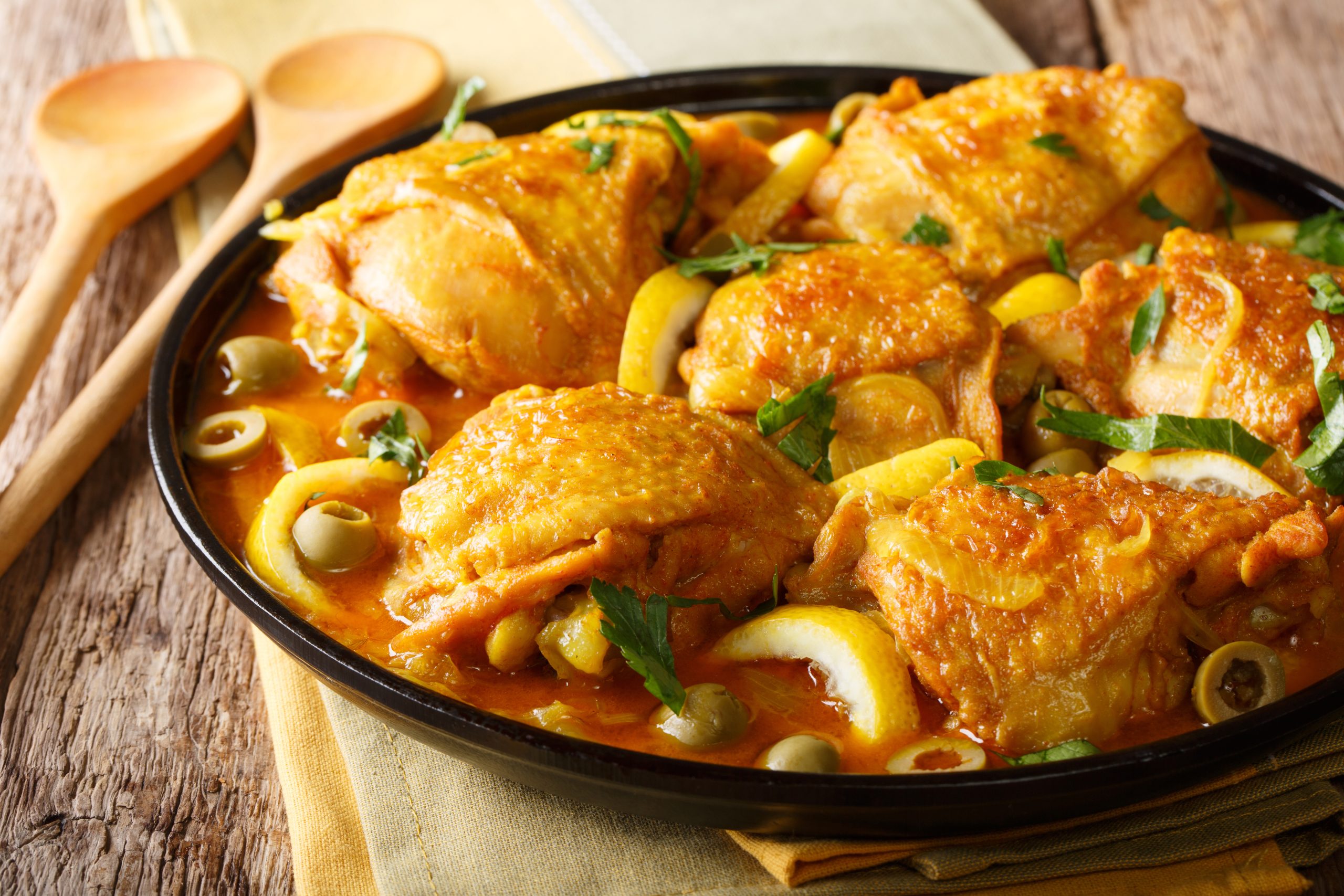Olive oil, along with its fruits, is the main source of fat in the Mediterranean diet. It has been among the gastronomic gems of the Middle East, including Egypt, for more than 7,000 years. There are 2,500 existing varieties of olives, of which, 250 are cultivated. Large producers like Spain, Italy and Greece, alone, account for 71% of world’s production on the market.
Just recently, olive polyphenols; these antioxidant molecules found in good quality oils and olives, have attracted the attention of aging researchers. The most important olive polyphenol, hydroxytyrosol, has very well documented impacts on healthy longevity. These are anti-aging impacts, not simply related to its antioxidant capacities, but to its modulating ability towards primary aging. Hydroxytyrosol is believed to reduce the incidence of diseases associated with aging by keeping our cells healthy longer. It could therefore increase healthy life expectancy.
Olive polyphenols have several impacts on general health. They lower triglycerides while increasing the good cholesterol levels in your blood. Unambiguously, the antioxidant and anti-inflammatory effects of the latter would be correlated with their cardiovascular benefits.
Did you know that olives are inedible if they are not ripe? Well yes! They are not suitable for consumption due to its bitterness. Maturation on the tree or commercial preparation makes them consumable: alkaline rinsing and brining. The brining generates a bacterial lactic fermentation allowing their conservation. Olive oil, especially when it is extra virgin, contains small amounts of hydroxytyrosol and tyrosol. These two main phenolic molecules within olives are of great importance to human health.
Given the importance of olive polyphenols in terms of longevity, we would like to suggest a recipe that is rich in flavor as well as for it being highly aesthetic. This culinary wonder is a Chicken Tajine with Olives and Lemon. However, tajine is a shallow baking dish with a conical lid, having a small hole at the top, allowing for a flavor-enhanced style of cooking. We have revised some aspects, such as the dish in which it is cooked, so that you will not have any hassle. Let yourself be lulled in an exotic bath; you will not regret it!
Ingredients:
– 6 to 8 skinless chicken thighs or 10 to 12 skinless chicken thighs (with bones)
– 3 to 4 tablespoons of olive oil
– 1 medium tomato, sliced
– 3 to 4 crushed garlic cloves
– 2 to 2 ½ teaspoons of fresh chopped ginger
– 2 fresh lemons cut into quarters (preferably pitted)
– 1 cinnamon stick
– 1 teaspoon of turmeric
– 1 teaspoon of Ras-el-hanout or mild or medium curry powder
– 4 cups of water or vegetable broth
– 1 ½ cups of black, green (with or without chili paste) or giant olives without pits
– The juice of half a lemon
– Finely chopped cilantro and parsley to taste
– Sea salt and pepper to taste
Suggested accompaniments (optional):
– Cooked whole wheat couscous
– Mashed sweet potatoes
– Steamed broccoli and cauliflower florets
Steps:
- Wash your chicken pieces well in cold water, then pat them dry. Put your chicken in a salad bowl, sprinkle it with Ras-el-hanout and the juice of half a lemon. Season with salt and pepper, and refrigerate for a good fifteen to twenty minutes.
- While the chicken marinates in the fridge, you will cut all the aromatics requested. Slice onions and tomato according to the cutout. Finely chop the ginger, or take the opportunity to crush your garlic cloves with the same knife.
- Now that your chicken is marinated, take out a large skillet to cook the aromatic base of your tajine. With half the olive oil, sear the chicken pieces over high heat until they are nicely browned, then set aside. Pour the remaining oil into the pan, heating it over medium heat. Toss in the onions and garlic cloves in the oil until they are medium golden. Add in the chopped ginger, along with the tomato slices. Cook these herbs until the tomato begins to soften. To this base, add the cinnamon stick with the turmeric. In doing so, when adding spices, it is common for them to absorb fat. If you see this happening, add a little water and continue cooking. Once the tomato is tender, turn off the heat and let it rest.
- Preheat your oven to 300o During this time, take out a rectangular baking dish so as to mount the tajine. Put your onion mixture, placing your chicken pieces on top. Add your selection of chosen olives with lemon wedges. Consider arranging your food nicely, because the aestheticism enhances the dish. Pour water or broth halfway up the chicken pieces. Cover with aluminum foil and bake your dish for an hour and a half. During cooking, if you wish, you can prepare one of the sides suggested above.
- When cooking is complete, remove your dish from the oven. Chop the parsley and cilantro to taste. Let the tajine rest for five minutes. Choose an accompaniment to offer, if desired. For the service, put the dish at the center of the table for the guests. In addition, we recommend that you taste this tajine with a good fruity white wine. For a finishing touch, sprinkle your dish with the finely chopped herbs.
Enjoy your meal.
References:
- Cicerale et al, 2010. Biological Activities of Phenolic Compounds Present in Virgin Olive Oil. Int J Mol Sci. 2010; 11(2): 458–479.
- de Pablos et al, 2019. Hydroxytyrosol protects from aging process via AMPK and autophagy; a review of its effects on cancer, metabolic syndrome, osteoporosis, immunemediated and neurodegenerative diseases. Pharmacological Research 143 (2019) 58–72.
- Visioli et al, 2002. Antioxidant and other biological activities of phenols from olives and olive oil. Med Res Rev. Jan;22(1):65-75. Review.






